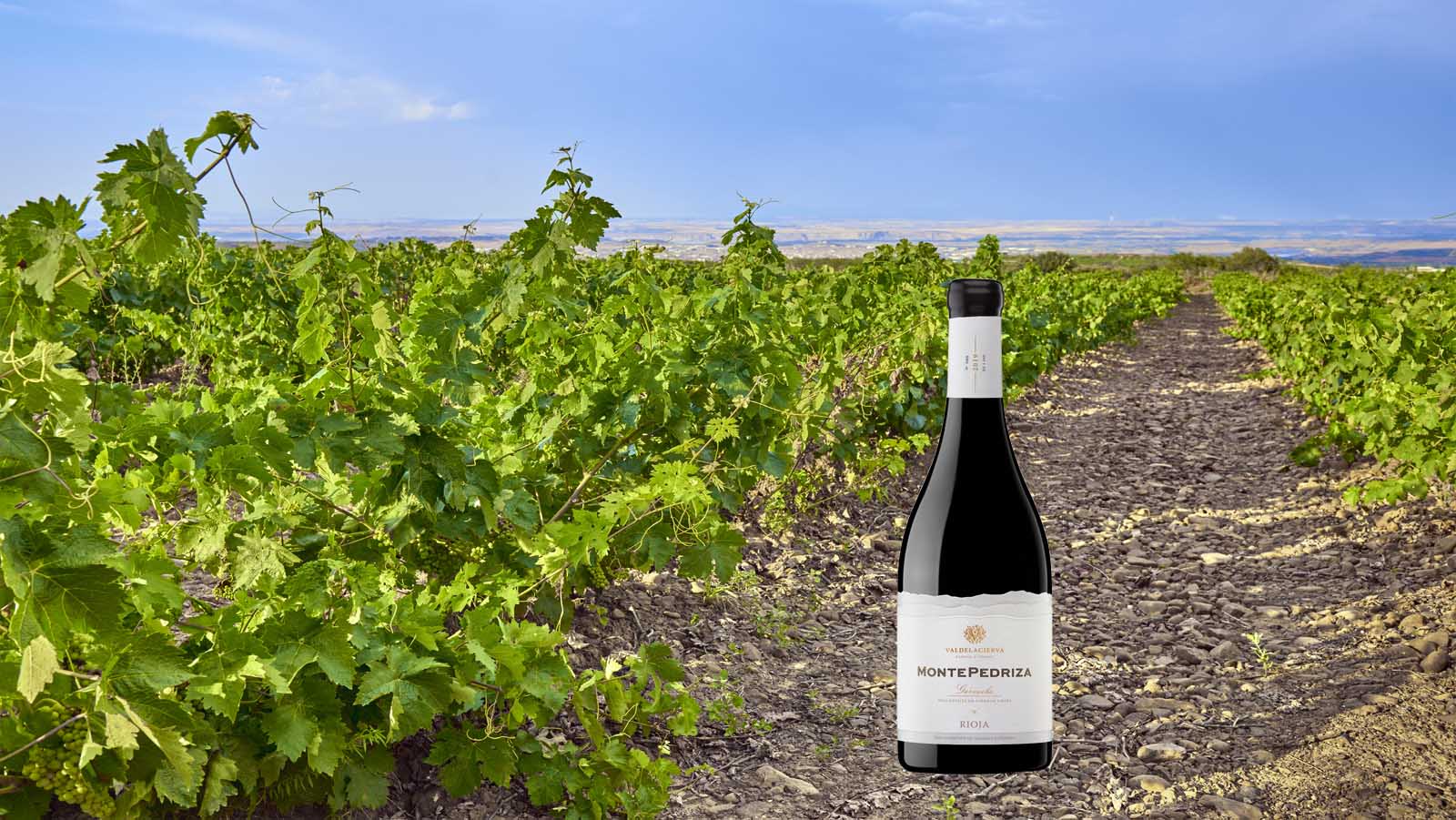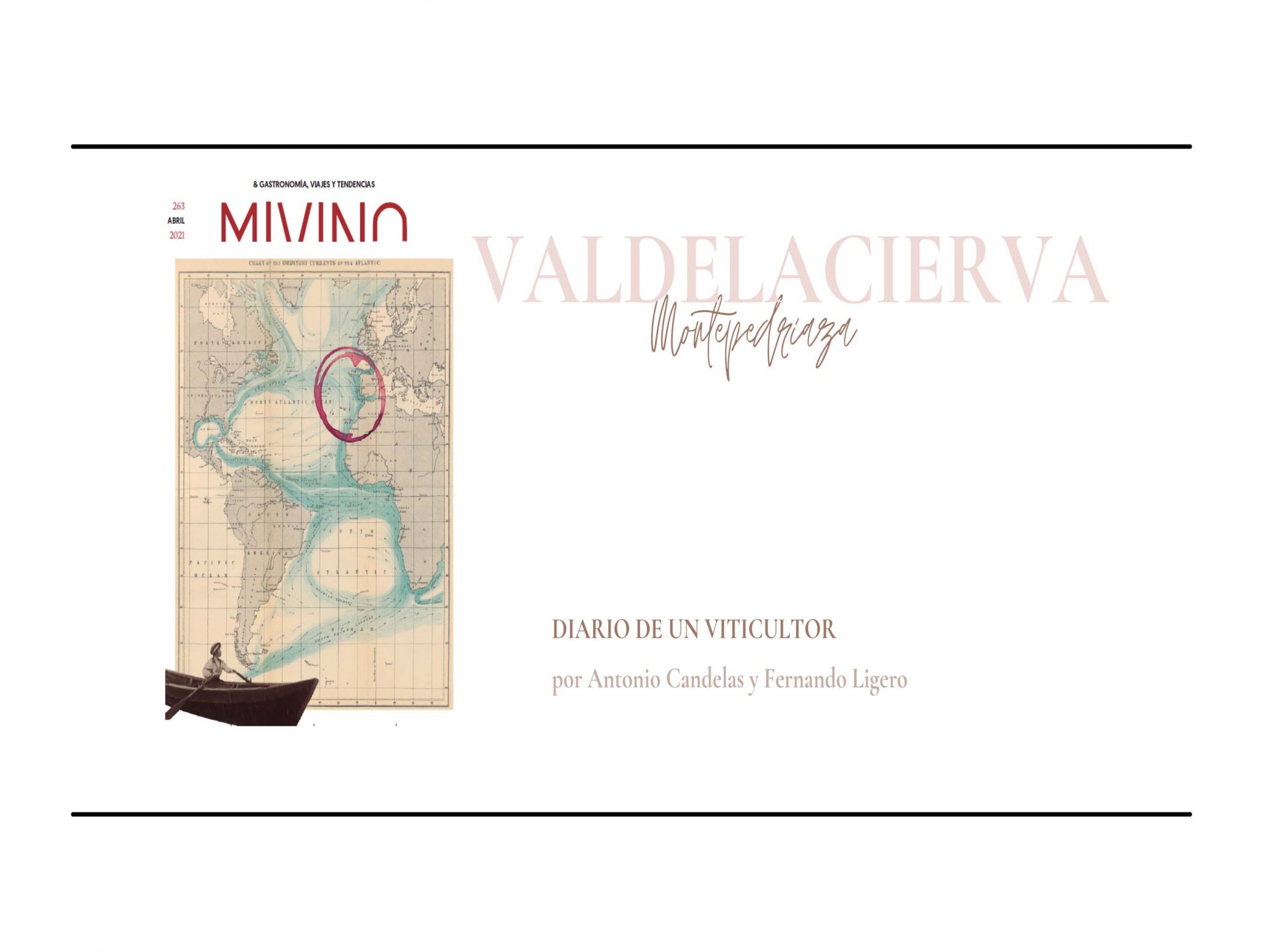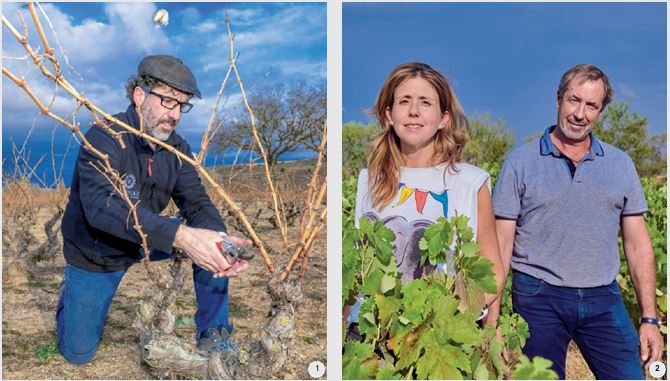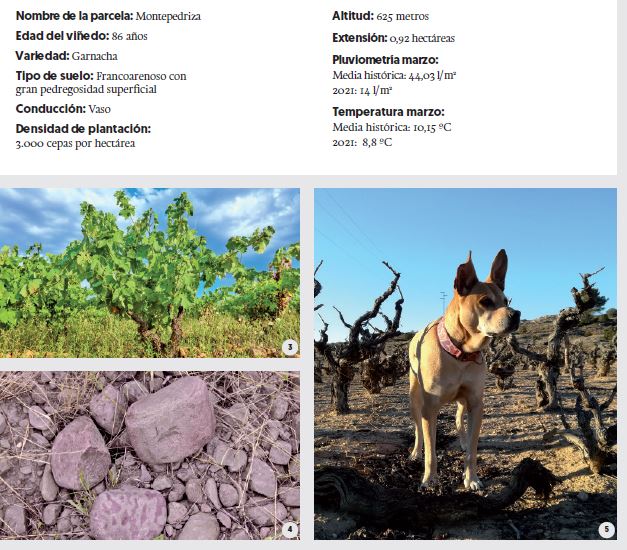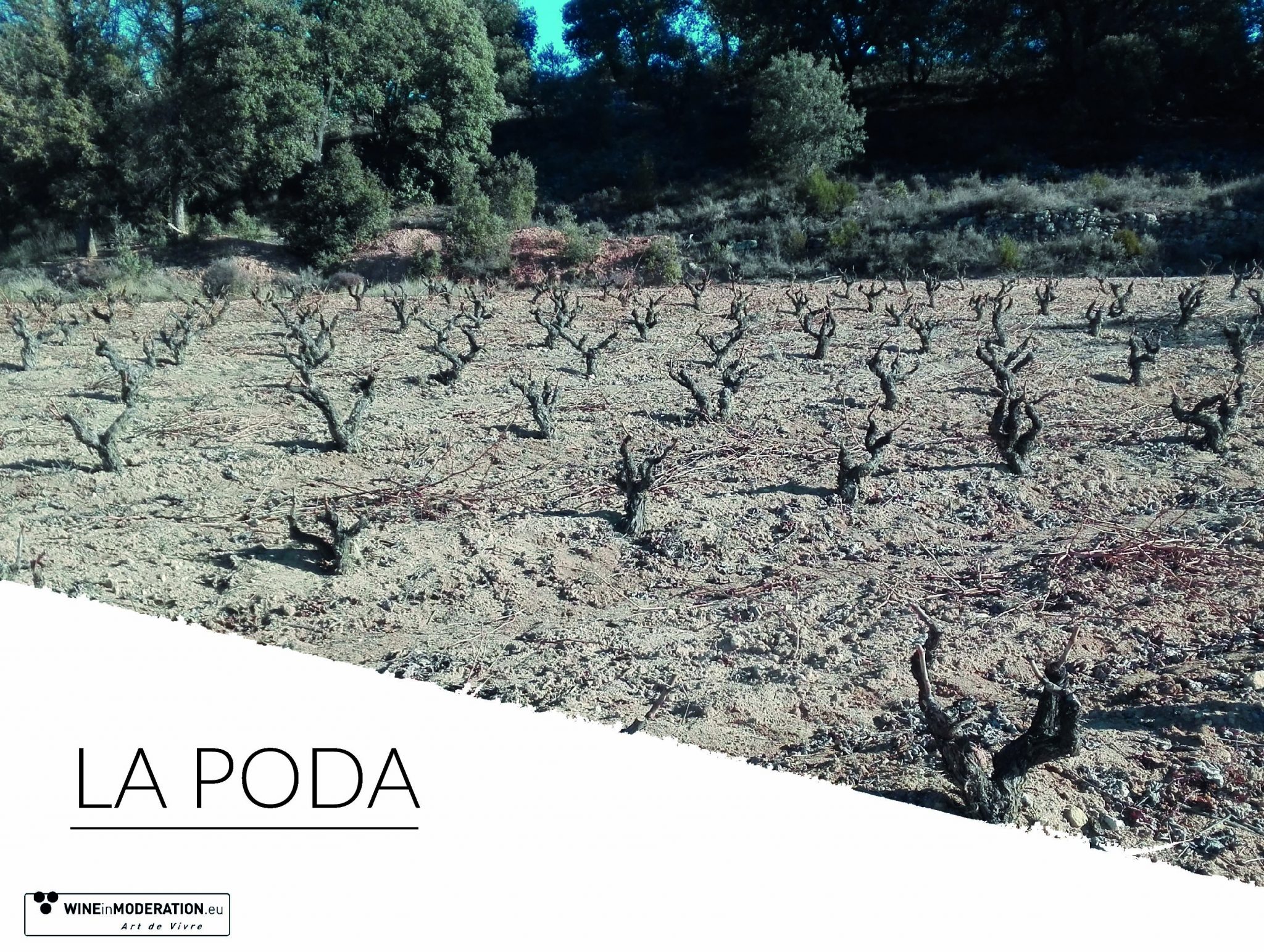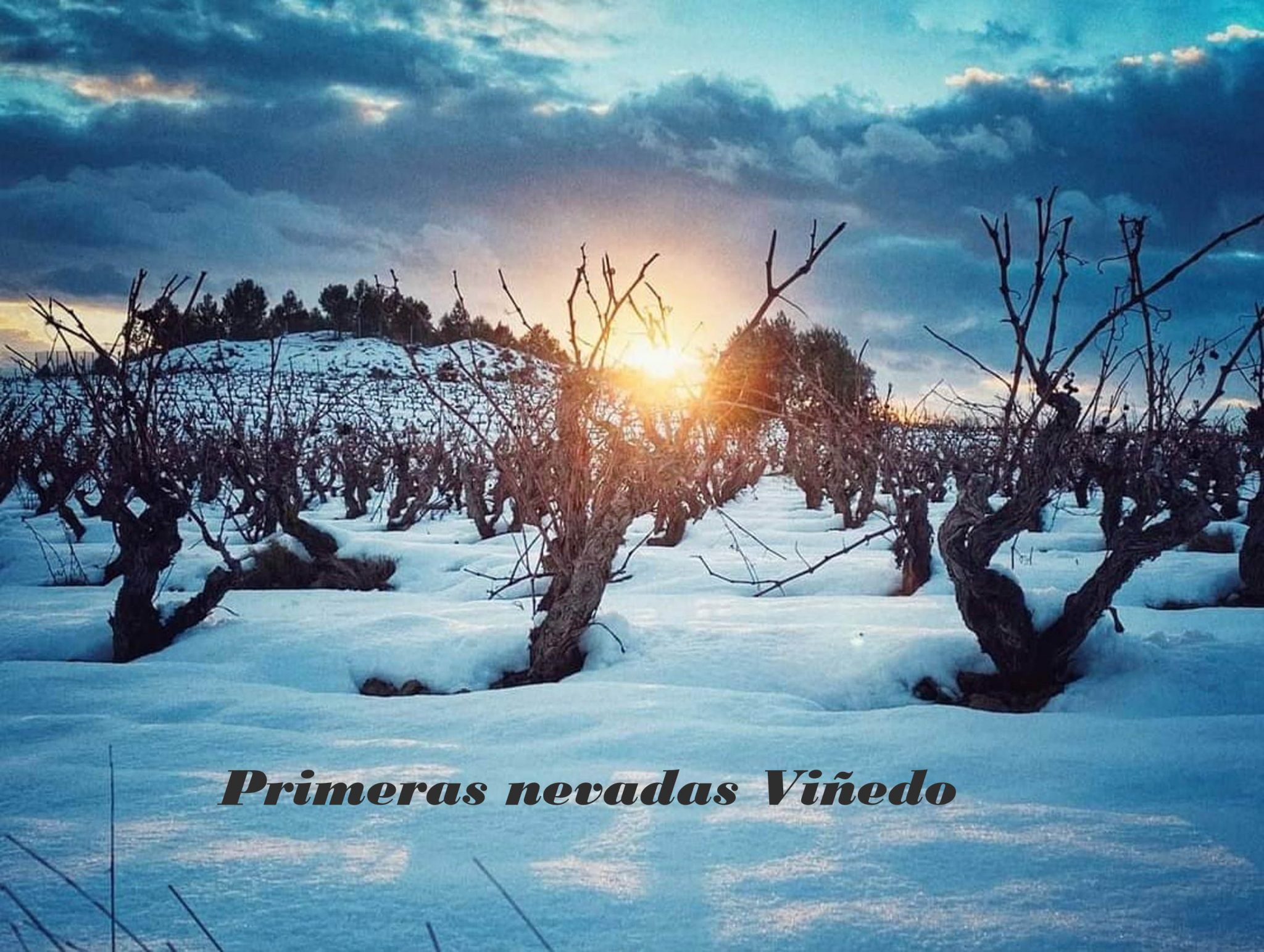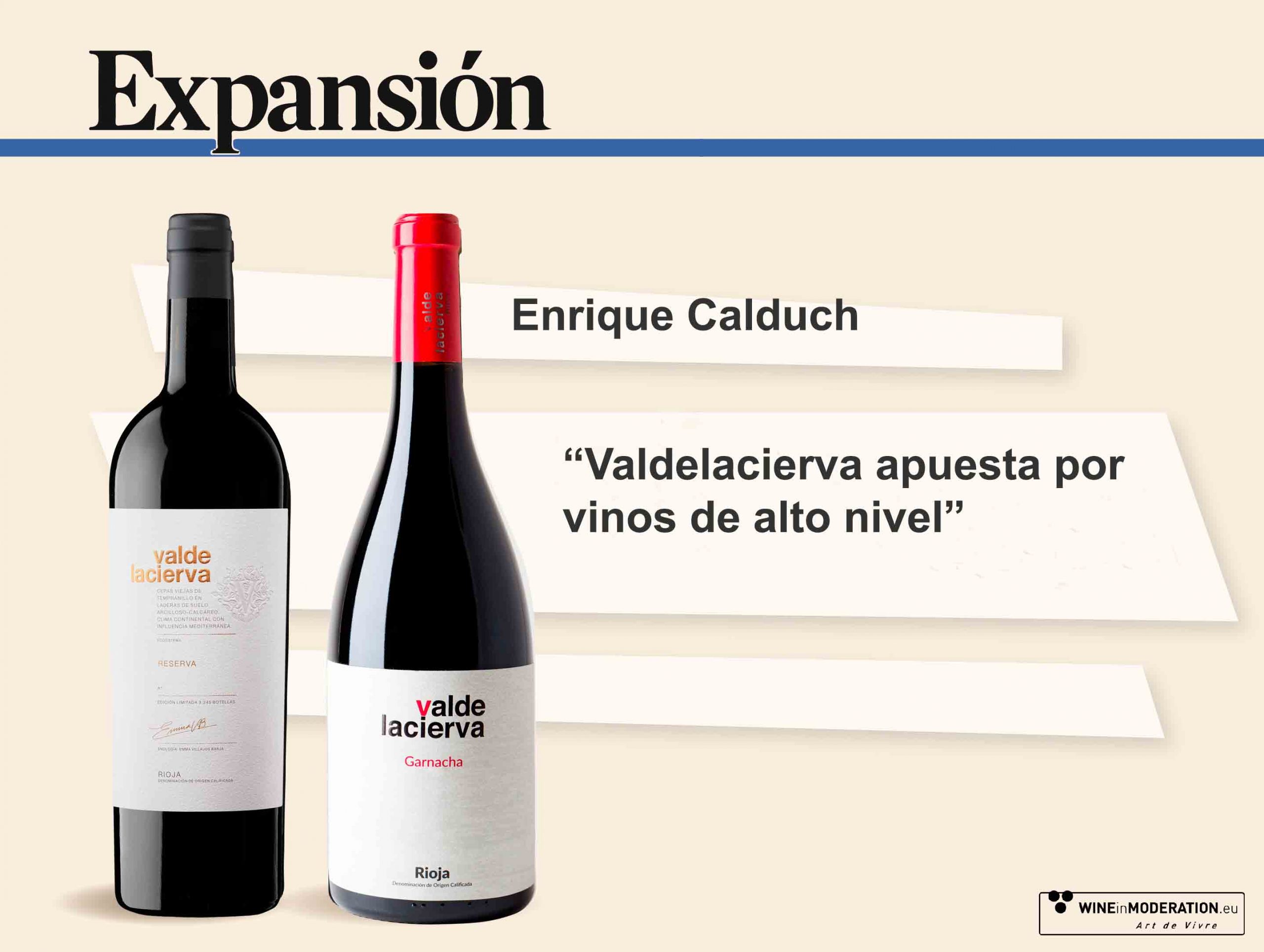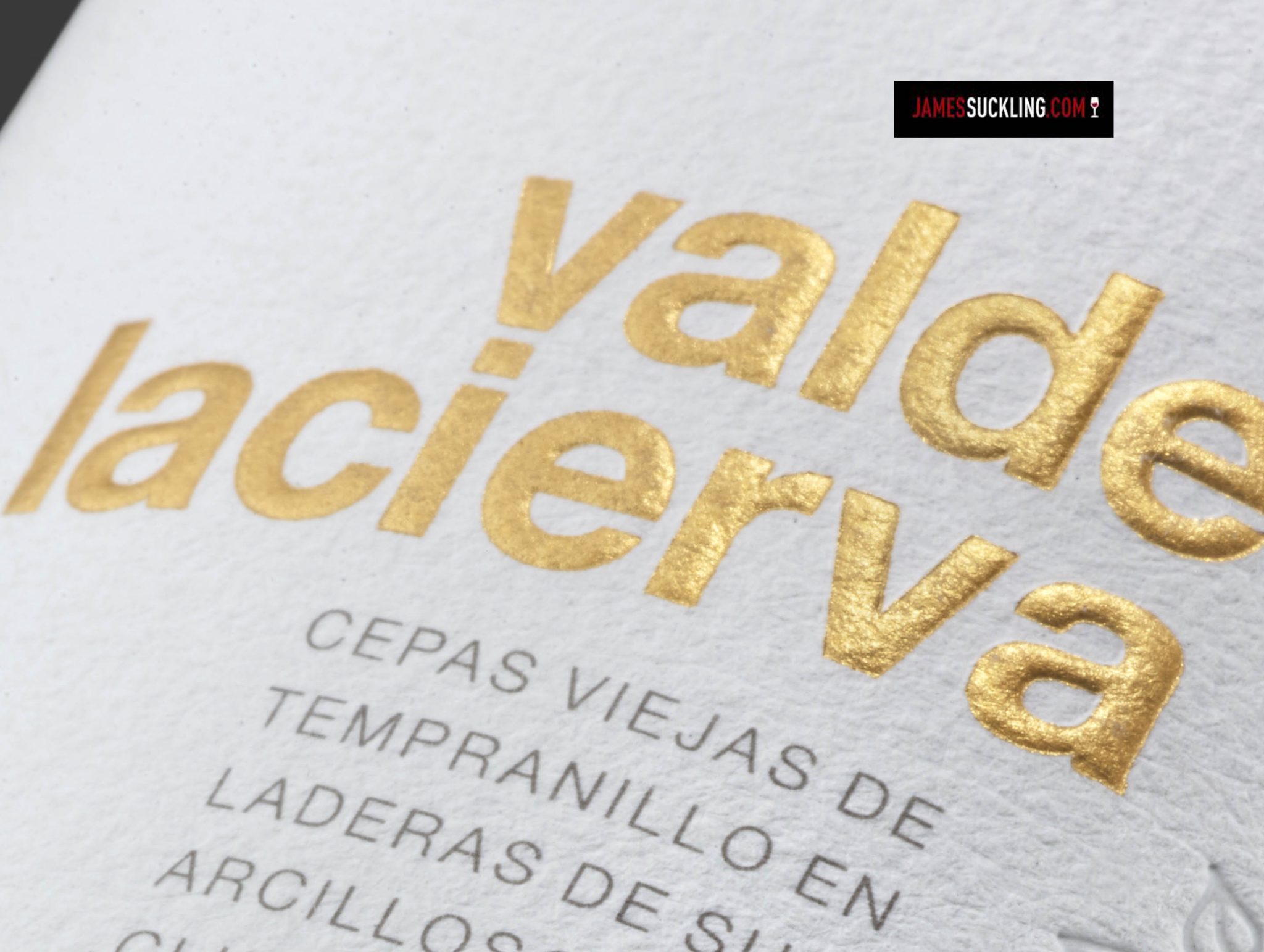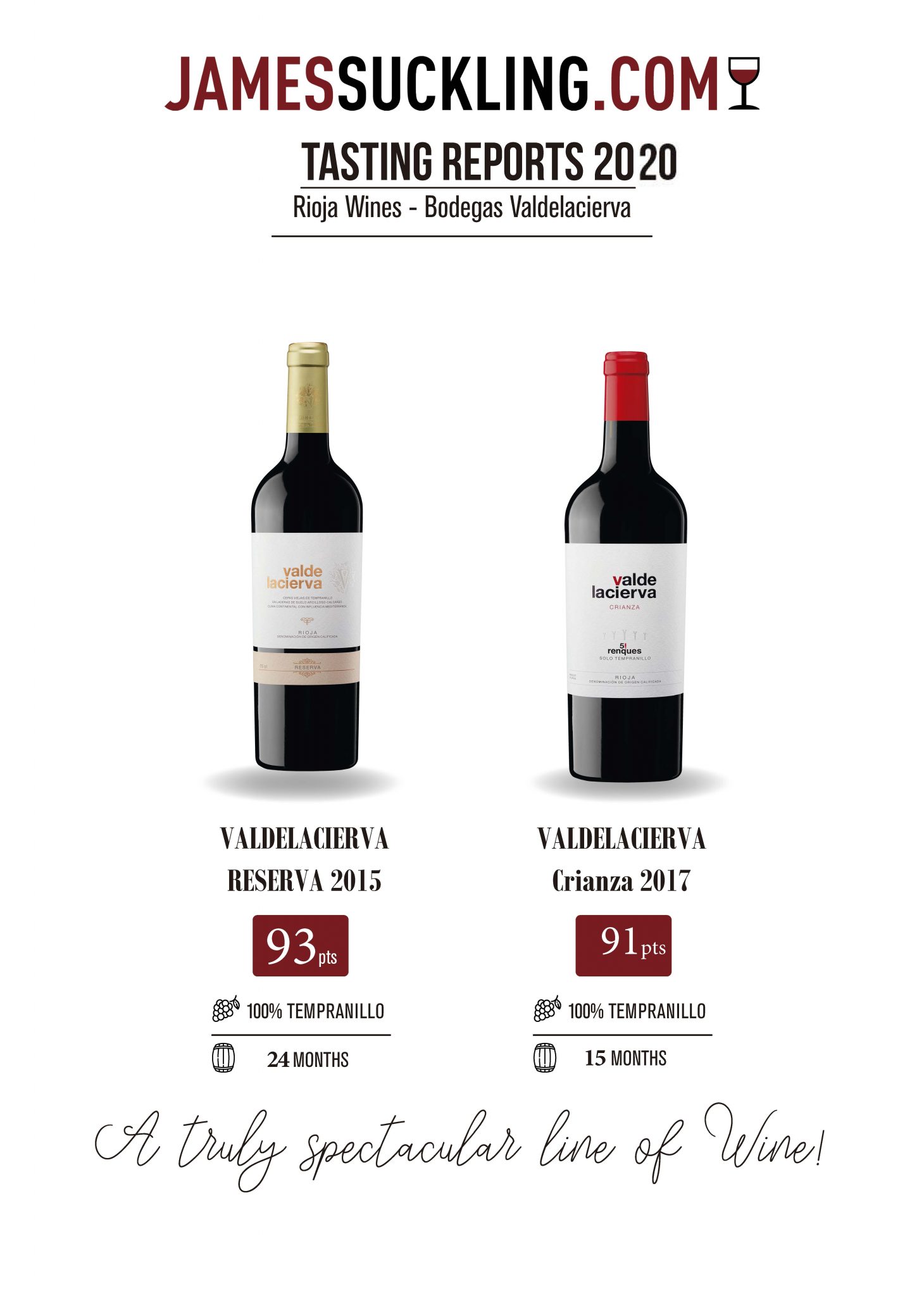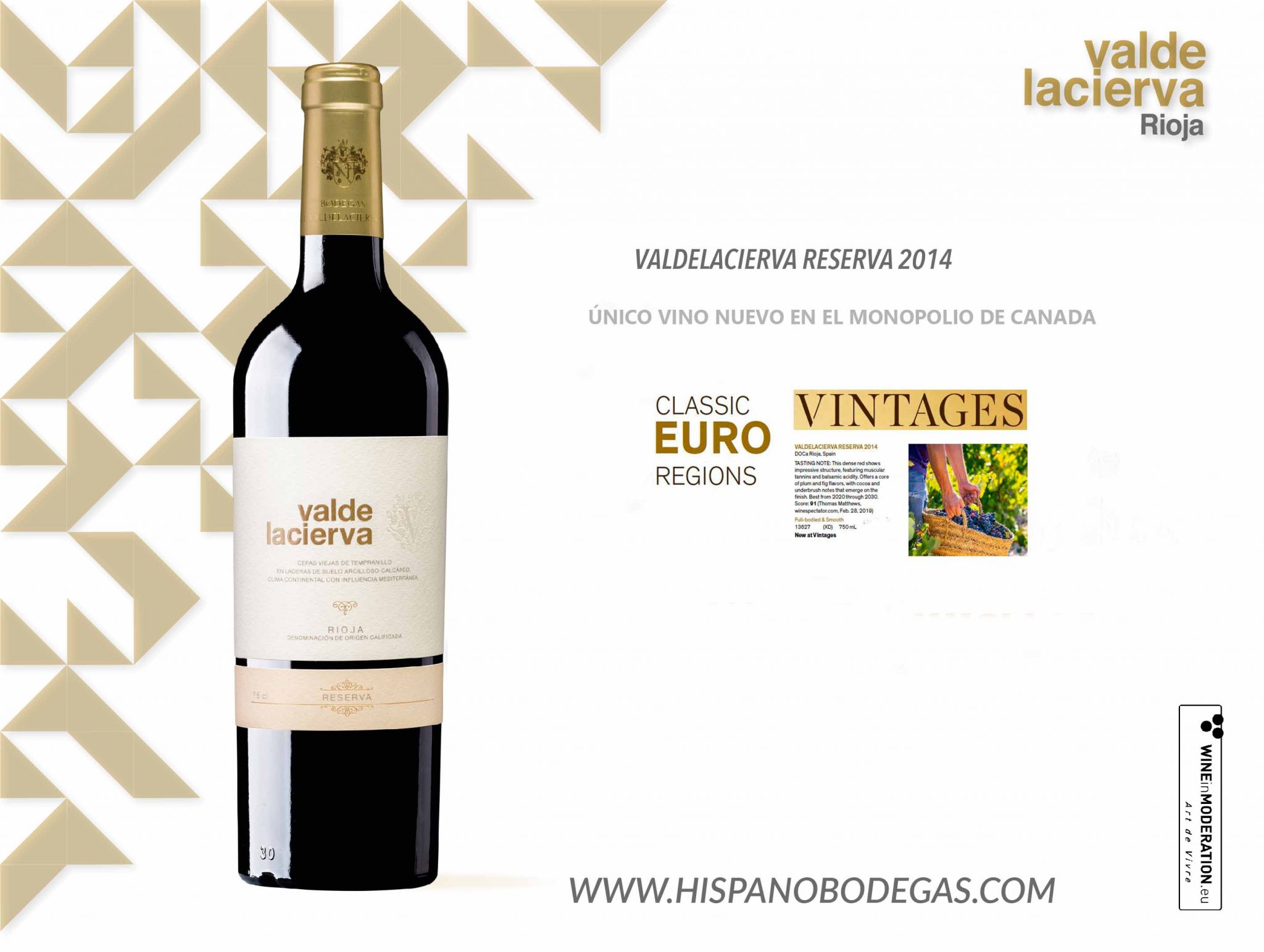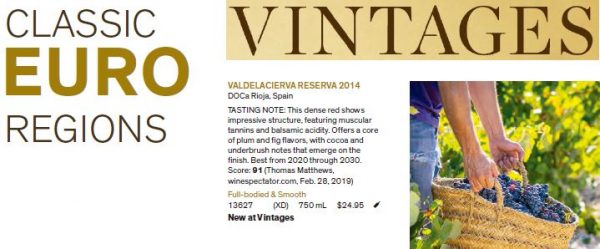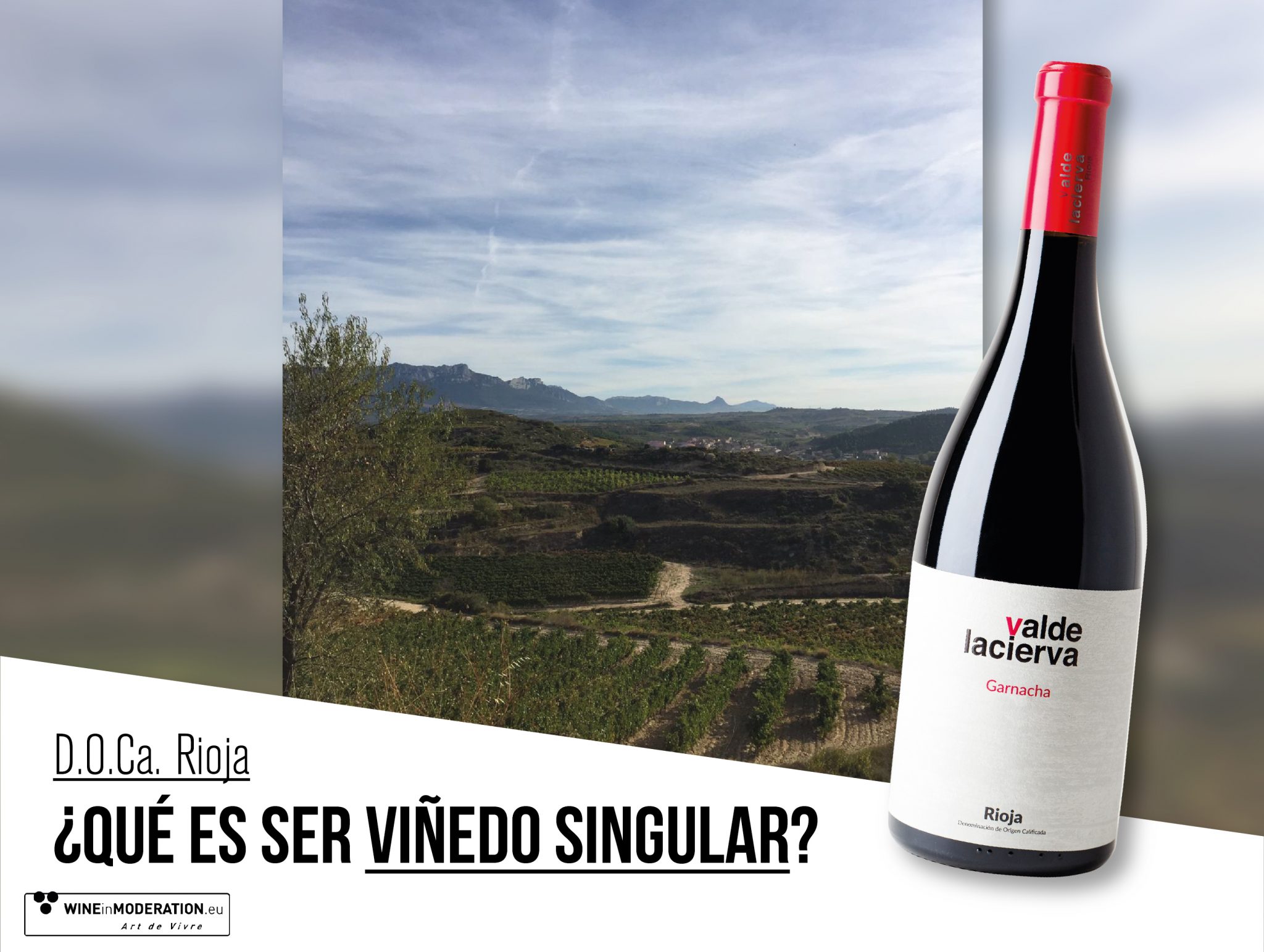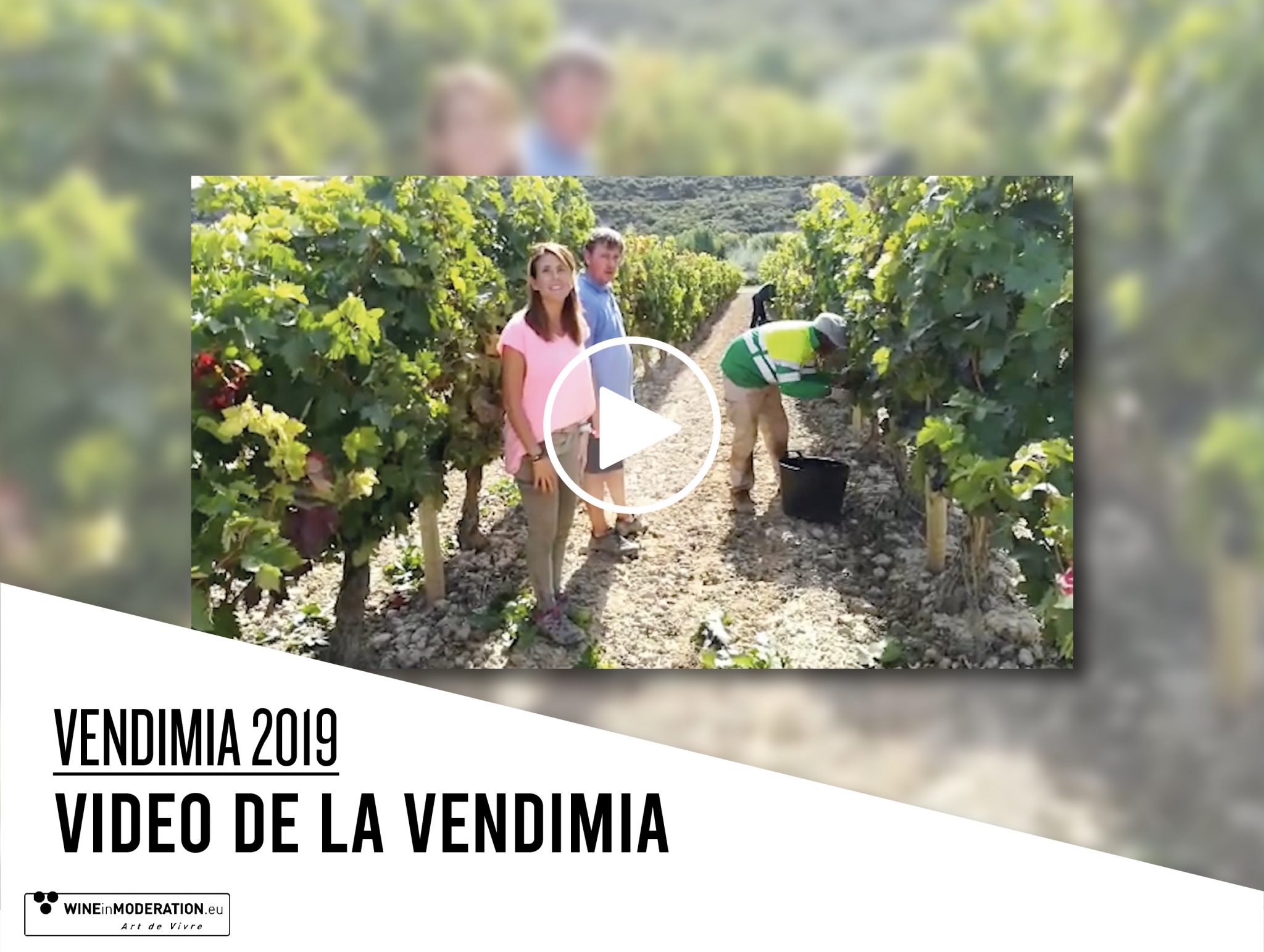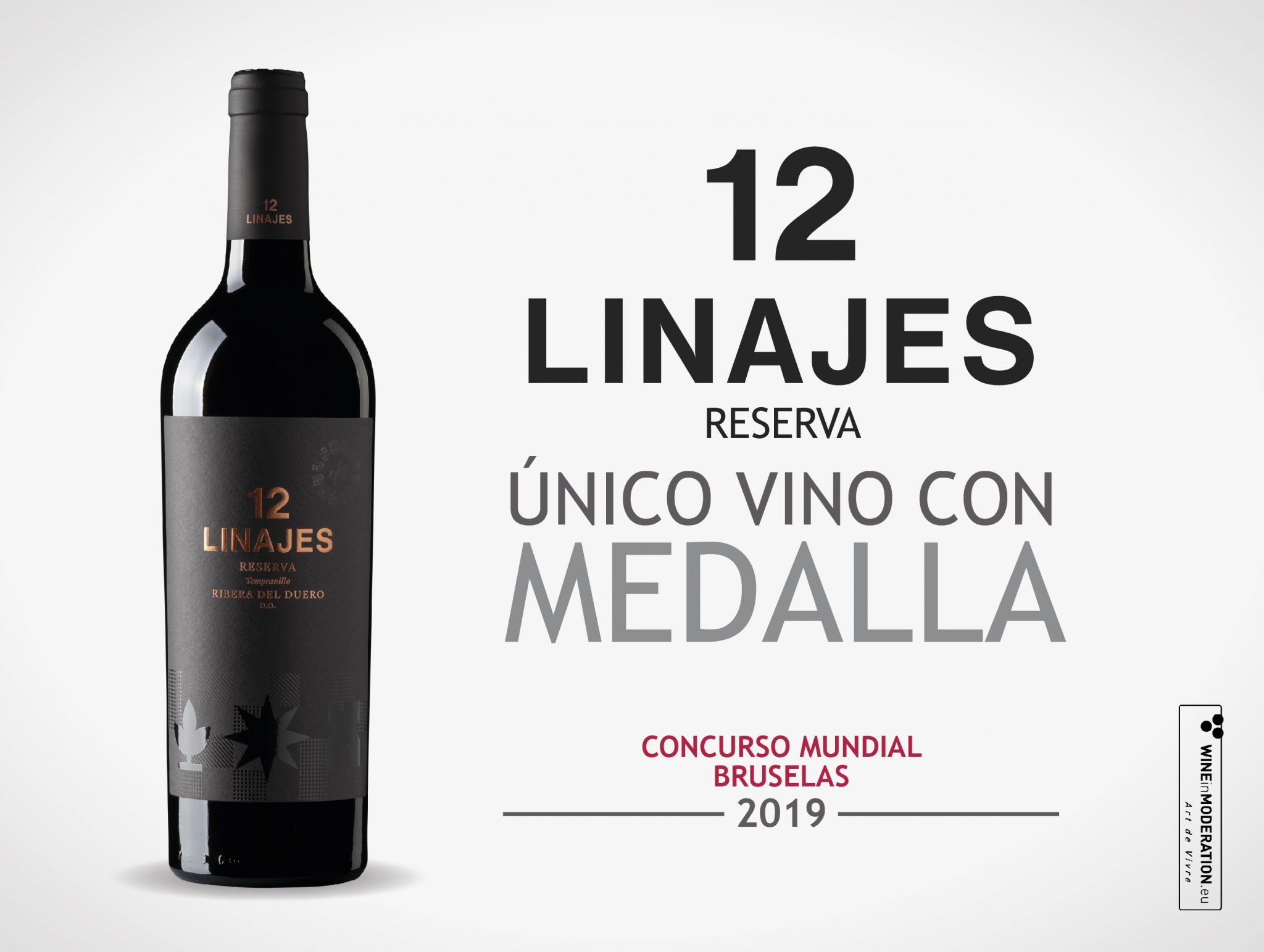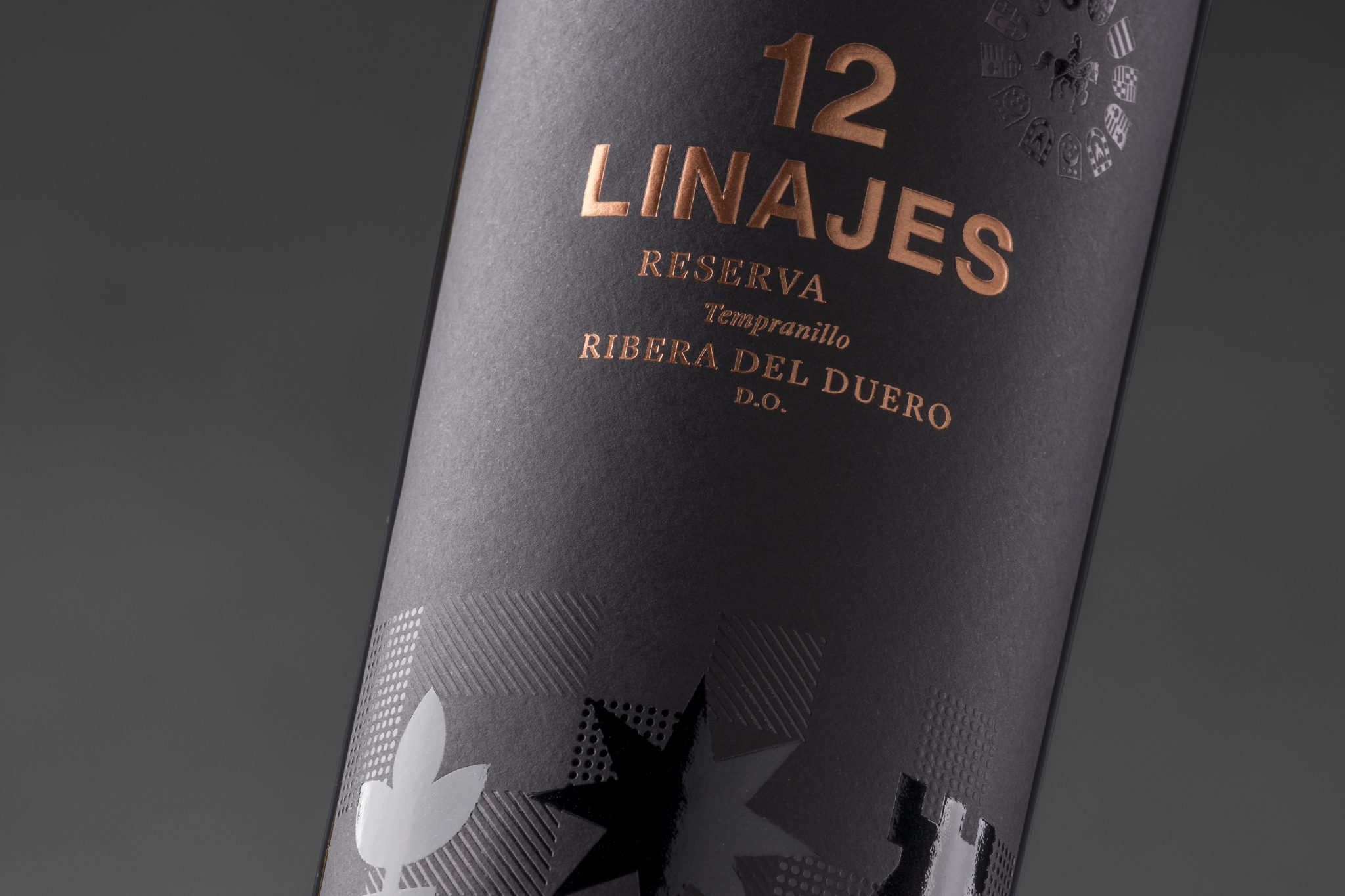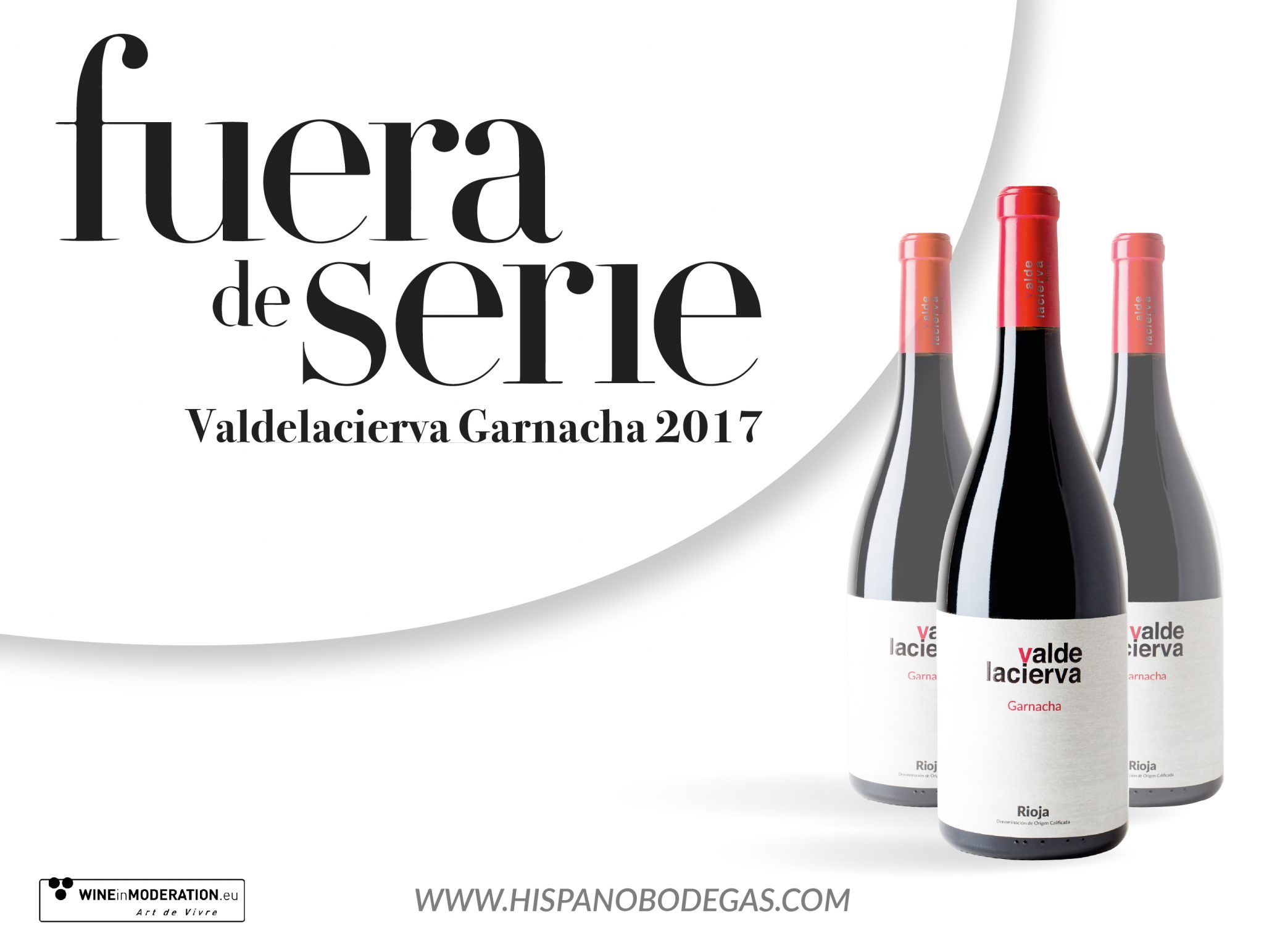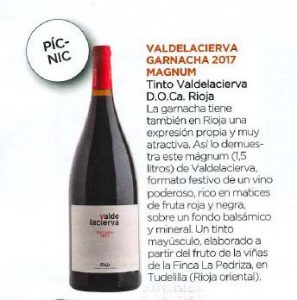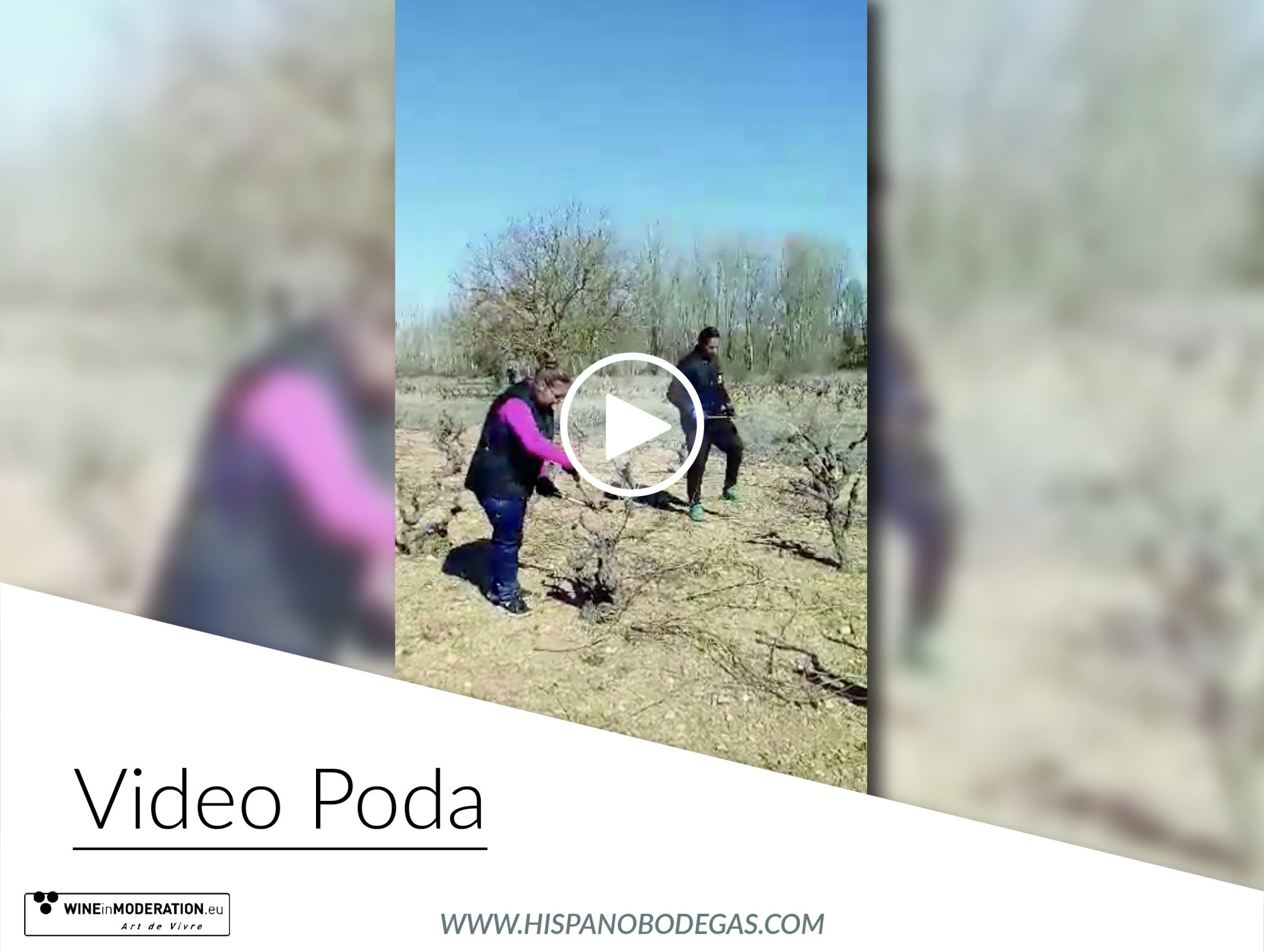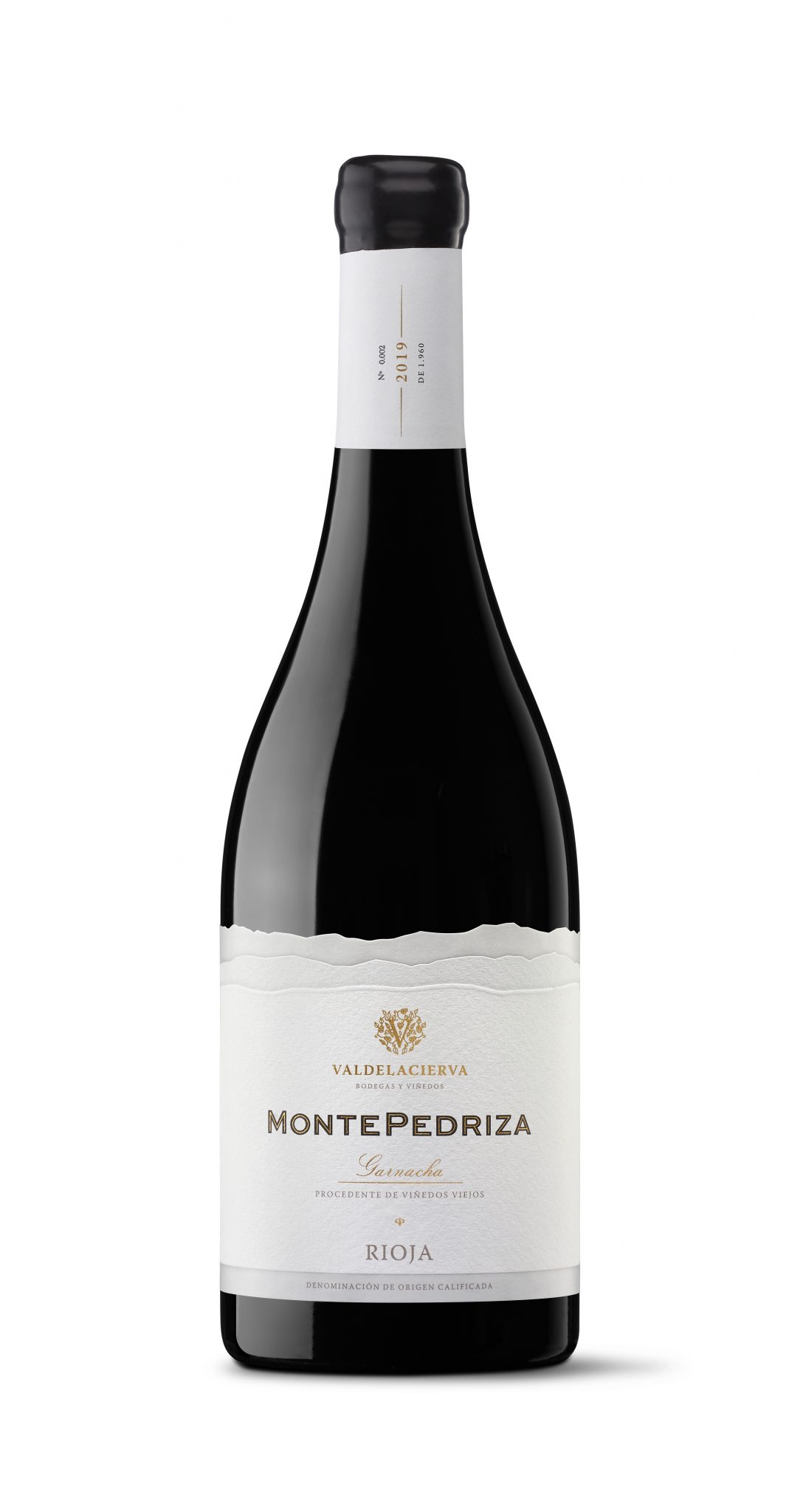
- Individuality, a sense of place and a loyal reflection of the countryside are the defining characteristics of the unique wine range from the Riojan winery.
- 100% Garnacha, Montepedriza comes from a unique estate in the village of Tudelilla.
Bodegas Valdelacierva is proud to present the first of its Unique Vineyard wines: Montepedriza 2019. This Garnacha-based wine comes from a unique estate in the village of Tudelilla, and has been included in the ¨Single Vineyard¨ category by the Rioja appellation’s Regulatory Council, a classification which places value on vineyard sites, or terroirs, which lend essential qualities to the wines and which helps them stand out from those around them. Montepedriza 2019 is just such a wine; a wine full of character which doesn’t just reflect the rigorous selection criteria which Valdelacierva use when they select the estates they work with, but also the winemaking and ageing processes used by the winery which respect the true character of a unique vineyard and allow it to express itself to the full.
Montepedriza, the vineyard and the wine
100% Garnacha, Montepedriza 2019, transmits authenticity and care for the land, and all the delicacy of handmade luxury. It is an artisanal wine, reflecting the unique characteristics of the estate, and by necessity production is limited.
The Montepedriza estate, in Tudelilla (in Rioja Oriental or Eastern Rioja), has organically poor soils covered with stones. The high drainage capacity of these soils allows the vine’s roots to penetrate deeply into the ground, which is especially beneficial for the development of the vine, and especially for the Garnacha variety. The vineyard, balanced and of limited intensity in terms of growth, was planted in 1935 and gives quite low yields in the region of 2,400 kg per hectare (less than half the maximum yield permitted by DOCa Rioja’s Regulatory Council.
All these characteristics, coupled with Valdelacierva’s very careful and painstaking approach when making Montepedriza, ensures an excellent Garnacha-based red wine from Rioja at the end of the process.
Harvest is manual (this 2019 vintage took place during the first week in October), with the grape bunches collected in boxes and transported to the winery in a chilled lorry. Vinification takes place in 700 litre, open-topped wooden tinos or vats; while ageing is carried out in 500 litre French oak casks and lasts 15 months. Finally, the wine then spends a further 15 months in bottle before it leaves the winery.
Tasting Montepedriza 2019
The wine is an intense and brilliant ruby red. Complex and very intense aromas on the nose, particularly floral notes and dark fruit. A swirl in the glass to aerate the wine and the wine gives off more herbal notes of thyme, fennel and other wild, aromatic mountainside plants. The wood is well integrated, blending subtly into the background with toasted aromas, cocoa and black pepper. Long on the palate, the wine has pronounced tannins which are nicely rounded and velvety smooth. Strong, vertical attack, with marked acidity, pleasing texture and a lasting finish.
The Unique Vineyards of Valdelacierva
In the words of Emma Villajos, Enologist at Valdelacierva: “uniqueness is a broad concept, which each person interprets in a slightly different way. In our winery, we have been working for many years with rigorous set of guiding principles which put the focus firmly on the quality and uniqueness of the wines.¨ A professional bursting with curiosity, and a dynamic personality, Emma adds ¨we preferred to present the wines from these single vineyard sites as ¨Unique Vineyards¨ because we want to continue on the same path we have been treading, and structure the range of wines according to our own quality standards and the demands and goals that we have set ourselves.¨
For Emma Villajos, enologist and alma mater of Bodegas Valdelacierva, this approach to winemaking is not new, and for several vintages now she has been in charge of caring for and overseeing the work on all the plots for the winery’s wines. In fact, this professional has simply continued her approach to winemaking with the same passion, the same rigorous focus on quality, and a loyalty to the land and the individual characteristics of both the estate and the grape variety and its terroir.
“It’s about choosing your own, unique path, in the search for the highest quality and uniqueness”.
About Bodegas Valdelacierva
Valdelacierva is more than just a winery. For several years now, the wealth, authenticity and personal character of each of its vines has been written into its wines’ DNA. Briñas, Baños de Ebro, San Vicente de la Sonsierra, Tudelilla….these are some of the most important areas where the winery’s vineyards are located (it is one of the Riojan wineries with the highest number of registered Single Vineyard (Viñedo Singular) sites. Passion and respect for a careful and methodical approach to winemaking and terroir ensures that excellence is not just measured in terms of results, but forms an intrinsic part of the approach at Valdelacierva.
